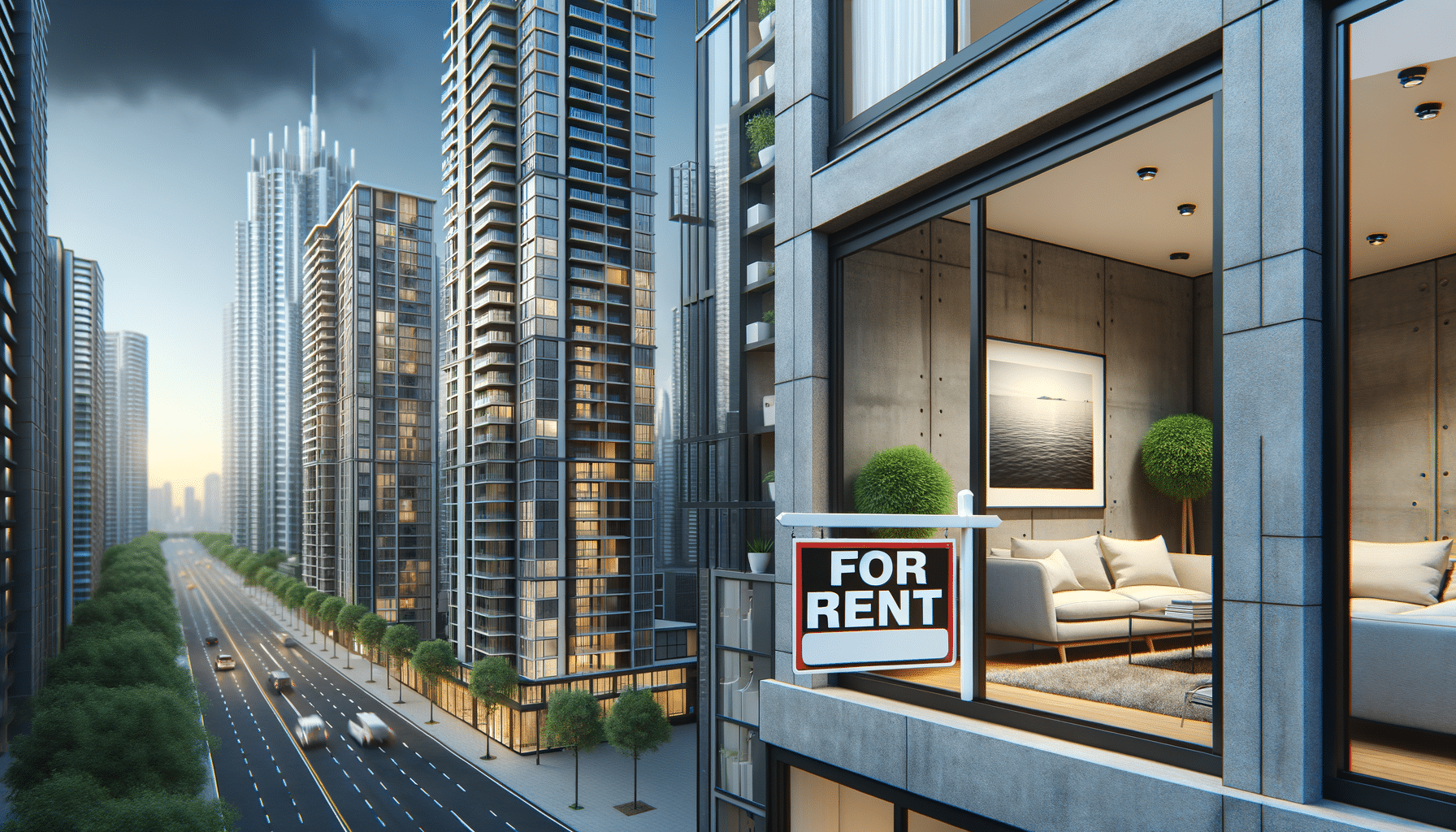
What You Need to Know About Apartment Rentals
Understanding the Basics of Apartment Rentals
Apartment rentals are a popular housing option for many individuals and families. They offer flexibility, convenience, and often come with a variety of amenities. However, before diving into the rental market, it’s crucial to understand the basics. Renting an apartment involves signing a lease agreement, which is a legal contract between the tenant and the landlord. This agreement outlines the terms and conditions of the rental, including the monthly rent, lease duration, and responsibilities of both parties.
One of the first steps in the apartment rental process is determining your budget. It’s essential to consider not just the monthly rent but also other costs such as utilities, parking fees, and potential maintenance expenses. A good rule of thumb is to allocate about 30% of your income to housing expenses. This ensures that you have enough left for other necessities and savings.
Location is another critical factor. Proximity to work, schools, public transportation, and amenities like grocery stores and parks can significantly impact your quality of life. Researching neighborhoods and visiting potential apartments can help you make an informed decision.
Evaluating Apartment Features and Amenities
When searching for an apartment, it’s important to evaluate the features and amenities that are most important to you. Apartments can vary widely in terms of size, layout, and available facilities. Consider what you need in terms of space, such as the number of bedrooms and bathrooms, and whether you require additional rooms like an office or storage space.
Amenities can greatly enhance your living experience. Common amenities include on-site laundry facilities, fitness centers, swimming pools, and security systems. Some apartments may offer additional perks like pet-friendly policies, community events, or concierge services. Make a list of must-have features and prioritize them during your search.
It’s also wise to inspect the apartment thoroughly before signing a lease. Check for any signs of damage, such as leaky faucets, broken appliances, or pest issues. Ensure that all utilities are in working order and inquire about the maintenance process for repairs.
Navigating Lease Agreements and Tenant Rights
Understanding the lease agreement is crucial in the apartment rental process. This document outlines your rights and responsibilities as a tenant. It’s important to read the lease carefully and clarify any terms you don’t understand. Key elements to look for include the lease duration, rent payment terms, security deposit details, and policies on renewals and rent increases.
Familiarize yourself with tenant rights in your area. These rights can vary by location but generally include the right to a safe and habitable living environment, privacy, and protection against unfair eviction practices. Knowing your rights can help you address any issues that may arise during your tenancy.
If you have any concerns about the lease terms, discuss them with your landlord before signing. Negotiating certain terms, such as the inclusion of utilities in the rent or changes to the lease duration, may be possible. Always keep a copy of the signed lease for your records.


